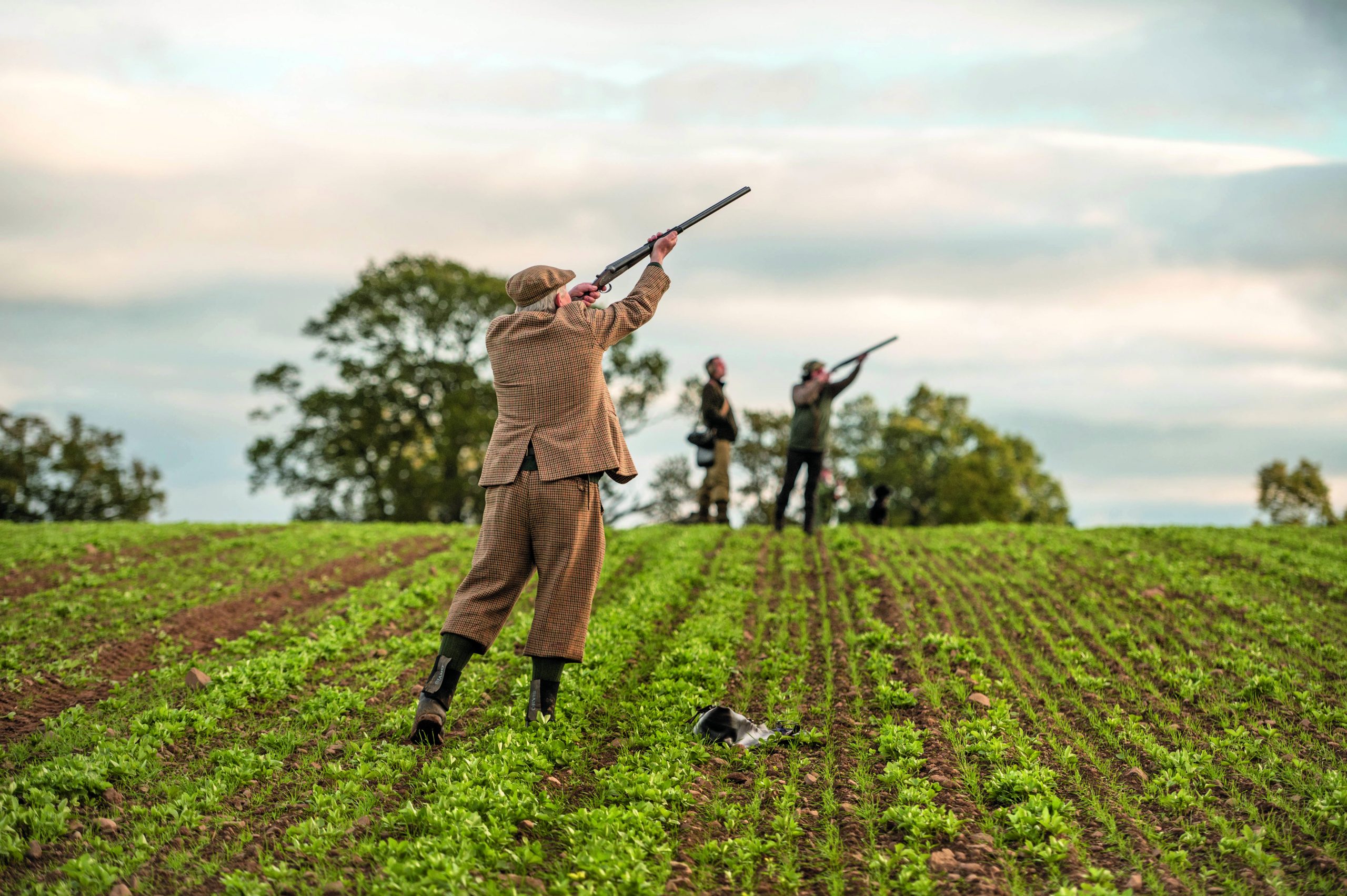Is the future looking up for England’s grey partridges?
While the season has been mixed, certain areas have seen healthy coveys and enhanced stewardship schemes could bolster populations

A fair few shoots have reported good numbers of grey partridges this season
Despite avian influenza causing devastating declines in some UK native and migratory bird species, some shoots have reported that the 2022-23 season may have been successful overall for the grey partridge.
After favourable early nesting conditions thanks to low rainfall at the start of June, hopes had been high for strong numbers going on to overwinter. However, as Roger Draycott, director of advisory and education at the GWCT, pointed out: “The ongoing dry weather that continued into late summer led to lower insect counts in July and August. This was due to the desiccation of wildflowers, which resulted in declining larvae numbers — essential food for chick development. This somewhat dashed our early expectations of a good year for broods.”
Despite this, a number of shoots, particularly in eastern and southern England, have reported healthy coveys containing more birds than usual. It seems though that these may be isolated anomalies, with Dr Draycott going on to add: “In all, I would say it appears that this season is best described as patchy. Perfect weather conditions are integral to the success or failure of grey partridges.”
The need for ‘partridge weather’ was echoed by Jim Egan, technical adviser for King’s Crops, who explained why he believed some areas have experienced better results than others: “In East Anglia, a number of large shooting estates have come out of 10-year HLS [higher level stewardships]. They have embarked upon new, more flexible stewardship options. These enable greater levels of partridge-friendly habitat and food provision. When this is allied with predator control, things are set fair for greys. Of course, all this can be undone by extreme weather conditions.”
It is not only on the great estates where enhanced levels of stewardship are seen. Although many farmers are deeply concerned over uncertainties with environmental land management schemes, the Government’s replacement for the EU-funded agricultural payments, there has been an increasing number of farms now including environmental stewardship and nature recovery programmes in their agricultural rotations.
Once these landscape-scale projects mature, it is hoped that the resulting greater food and habitat will lead to a more widespread species recovery.








